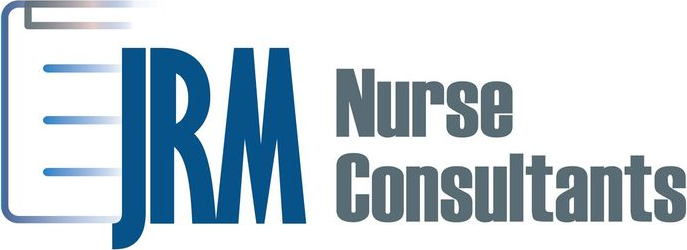I was recently speaking to a nurse about her current work place and some of the changes that she sees coming. She was concerned for the safety of her patients with many changes that will take place putting more work on the nurses and not for any greater pay or benefit. I explained to this nurse about a previous place that I was employed at and how I had to break away because I was not using my full potential as a nurse.
In my previous work environment, my position was a manager of long-term care case managers. The Institute of Medicine(IOM) report was not shaping our scope of practice at my previous location. The organization was very top-heavy and there did not seem to be enough people to do the jobs that directly affects the population that we serviced, which was the Medicaid and Medicare population. The training that was provided to the staff was more on how to complete reports and paperwork that was required by the state of Florida in order to be in compliance with AHCA.
The issue with this was that the members were not being followed up with properly. Nurses and social workers were going through the motions of case managing their files, with basic monthly telephonic questions asking a member living in the home how things were going, have they received their supplies was there anything new that they should be aware of. A monthly contact should involve so much more, but yet it didn’t because the case managers did not have enough time to fulfill the job in eight hours and they would work for 12-15 hours daily some of them, to get documentation done in order to avoid a reprimand by upper management.
In the IOM report there are six aims that healthcare providers should follow and one of them is patient centered healthcare (Rubenfeld & Schaeffer, 2014, p. 82). The goal of the health plan was to have patient centered care and have policies in place for it. The case managers did everything in their power to obtain services for the members and get them started as soon as possible and formulate a care plan with goals. The challenge that they were running in to was that the case managers were out in the field 4-5 days per week, they didn’t have time to complete the documentation of their assessments while they were in the member’s home, therefore creating more after hours documentation for the case managers, dissatisfaction with the job and more report concerns rather than focusing the time speaking with the member to really understand what the member’s needs are.
The nurses and social workers were not able to apply quality improvement plans because there was little collaboration as an interdisciplinary team. Nurses and social workers both did the same assessments and did not have the ability to collaborate on a case as if they were both co-managing the case.
The nurse I was speaking to was amazed that this happened in the work place that I used to work in. I explained to this nurse that the IOM report would not shape my career as a doctorate of nurse practice (DNP) at my former job because the region that I was in did not support critical thinking or any type of evidenced based nursing. The rigid structure would remain and no changes unless implemented or suggested by upper management would be considered in our department.
Now as a DNP on the outside of this organization, the ultimate goal is to consult with nurses, doctors. therapists, nutritionists and specialist to get the right people involved in carin for a patient whether at home or in a facility. It is good to have a future goal with a plan in place to reach that goal.

Rubenfeld, M. G., & Schaeffer, B. (2014). Critical Thinking Tactics for Nursing Achieving the IOM Competencies (3rd ed.). [P2BS-11]. http://dx.doi.org/
Follow Rosie Moore https://www.facebook.com/rosiesnursecorner/









